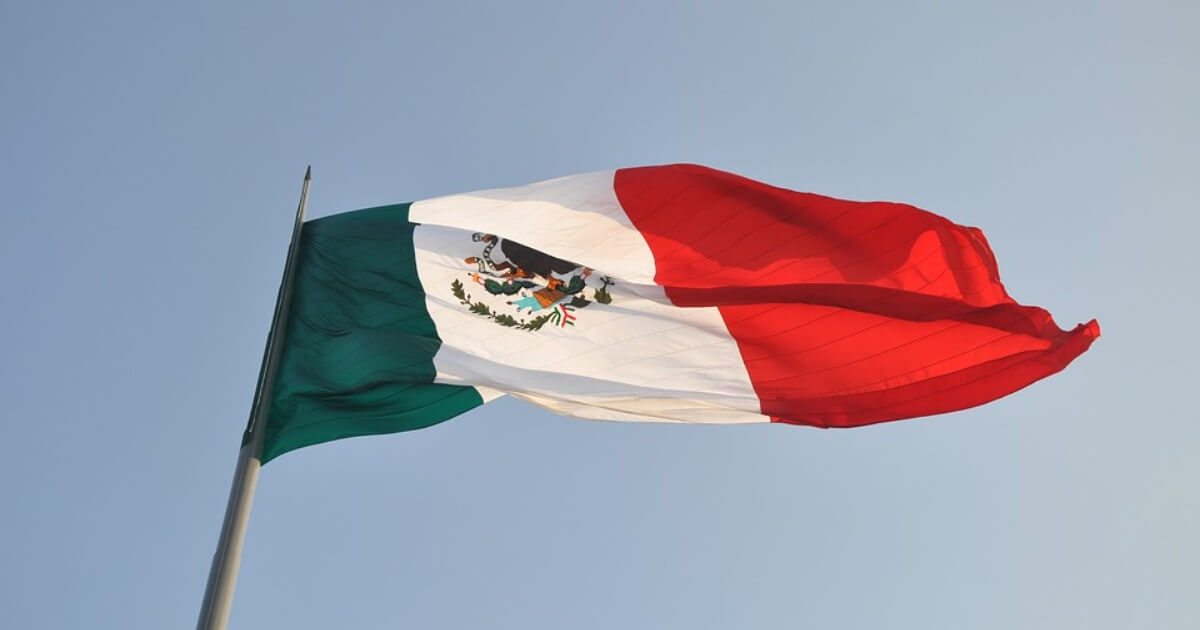The Chinese-Mexican Bromance
An official apology by Mexico’s President for the 1911 Torreon massacre of Chinese immigrants highlights China’s increasing clout in Mexico.
June 2, 2021

In some ways, Mexico and China have never been closer. A recent study by leading economist Enrique Dussel Peters, coordinator of The Center of China-Mexico Studies revealed that in 2020 Mexico became the main recipient of Chinese investments in Latin America.
China’s masks and vaccines diplomacy pays off
China is also capitalizing on its “masks and vaccines diplomacy.” It was the first country to sell COVID-19 protective and medical equipment to Mexico. It later also became a major vaccine supplier to Mexico.
Unlike in many countries, most notably the United States, there is no public discussion in Mexico about whether China was responsible for the pandemic in the first place.
Sending a signal to the United States
Part of this equation is Mexico signaling to the United States, its powerful Northern neighbor.
An increasing influence of China in its own backyard is bound to get Washington’s attention, the more so at a time when Beijing’s relationship with the U.S. is at an all-time low.
Mexico’s dirty 1911 secret
It is against this backdrop that Mexican President Lopez Obrador’s recent visit to the Northern city of Torreon takes on special significance. This is the location where one of the darkest chapters of Mexican history unfolded in 1911.
That year, 303 Chinese immigrants lost their lives in a targeted, xenophobic attack during the Mexican revolution. 2021 marks the 110th anniversary of this atrocity.
And Lopez Obrador, who is known to be media-savvy, has chosen to offer an official apology to the Chinese community in the very place where it all happened.
The ceremony where the President stood next to Zhu Qingqiao, Chinese Ambassador to China, is meant to signal a new start, underscoring China’s increasing clout in Mexico.
Historical background
The historical background to the apology dates to 1882, when the United States passed the Chinese Exclusion Act. Passed 140 years ago, this was the first significant law restricting immigration into the United States.
It suspended Chinese immigration for ten years and declared Chinese immigrants ineligible for naturalization.
Same border, different times
As a result, the same border that is today crossed illegally by Mexicans to enter the United States in search for a better life was crossed in the opposite direction by Chinese moving to Mexico.
But once they had arrived in Mexico, the Chinese found that xenophobic ideals about preserving “racial purity” had followed them to the other side of the U.S.-Mexican border.
Chinese immigrants’ presence in Mexico predated the Exclusion Act. By the late 19th century, their numbers had swelled in line with increasing demand for workers in mining, agriculture and railroad construction in Mexico.
Revolutionary xenophobia
In response, ultra-nationalism and xenophobia began to gain ground within certain factions of revolutionaries involved in the Mexican Revolution.
This was the civil war that established the basis of modern Mexico. Their anti-Chinese stance was promoted as pro-Mexican. They claimed to be defending the economic interests of Mexico, while defending the nation’s racial purity.
Violence escalated, leading up to the massacre of Torreon, home to the richest Chinese community in the country.
Revolutionary forces surrounded the city and when outnumbered soldiers abandoned their posts. Looting and violence followed, with premeditated attacks against the Chinese.
Contemporary echoes
Interestingly, the rhetoric against the Chinese at the time has contemporary echoes in the language used by former U.S. President Trump and his followers against Mexican immigrants.
Trump had labeled Mexicans as “drug dealers, criminal, rapists,” while accusing them of stealing U.S. jobs.
As the COVID-19 crisis unfolded, migrants have been branded as potential carrier of the virus and rejected at the border without so much as an interview to assess if their lives were at risk.
During the anti-China movement (1871-1934) in Mexico, Chinese immigrants were similarly labeled. They were accused of being opium dealers, criminals and a threat to public health. Their frugal habits and long working hours were deemed unfair competition to Mexican workers.
Digging up the past
For decades, the bloody history of Torreon remained buried. Until now. In recent times, Mexico has begun investigating this hidden chapter of its own history.
Directed by Alejandro Springall, the movie “Sonora” hit movie theaters in 2019.
The film’s title is the name of the Mexican state where anti-Chinese laws prohibited Chinese men from marrying Mexican women and where their businesses were forced to operate in designed areas only.
Compassion and racism
The opening scene of the movie, set in the 1930s, shows Mexicans deported from the United States on a crowded train, getting dumped across the border.
During their attempts to make it back to the United States, they cross path with Chinese migrants fleeing from Mexican violence. While some characters find common ground, other persists in their prejudice.
By way of conclusion: Antonio Lee’s story
Similarly, compassion on one side and racism on the other is what have marked Antonio’s Lee family. His father Juan Lee was one of the massacre’s survivors.

“Some Mexicans helped the Chinese,” Mr. Lee said in an interview. “A friend helped him (my father) hide, move from one home to the next one, so that the revolutionaries wouldn’t find him.”

Mr. Lee is 90 years old now and part of the Chinese community of Torreon, the city to which he eventually returned. He’s grateful for the Mexican government’s apology.
He said, “You cannot erase history, it has happened. It’s good that all Mexico knows about it.”
Photographs by Antonio Lee Chairez
Picture 1: Wedding picture of Juan Lee Cuan with her wife Maria Ignacia Chairez Rios on their wedding day in 1915
Picture 2: Antonio Lee Chairez
Takeaways
An apology from Mexico for the 1911 massacre of Chinese immigrants highlights China’s clout in Mexico. It is a message to Washington.
First China wooed Mexico with its vaccine diplomacy. Now Mexico has offered an official apology for the historic massacre against Chinese immigrants in 1911.
Unlike many other countries, Mexico isn't discussing whether China was responsible for the COVID pandemic in the first place.
Mexico is now signaling its close relationship to the US, at a time when Beijing’s relationship with the US is at an all-time low.
In the late 19th century, the Chinese used the same border to cross to Mexico, that is today being used by Mexicans to cross to the US.
In recent times, Mexico has begun investigating the hidden chapter of its own history of racism and xenophobia.

